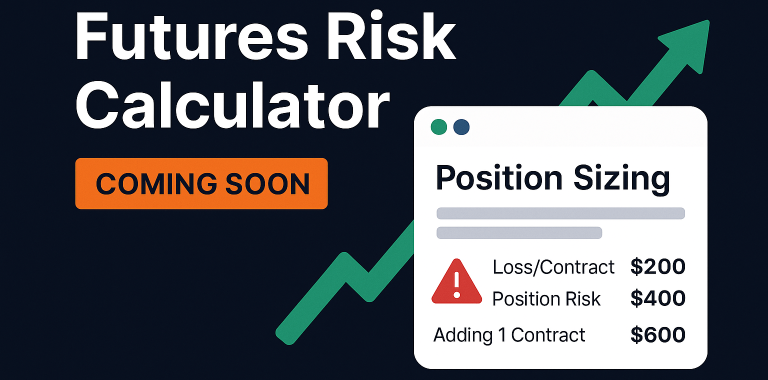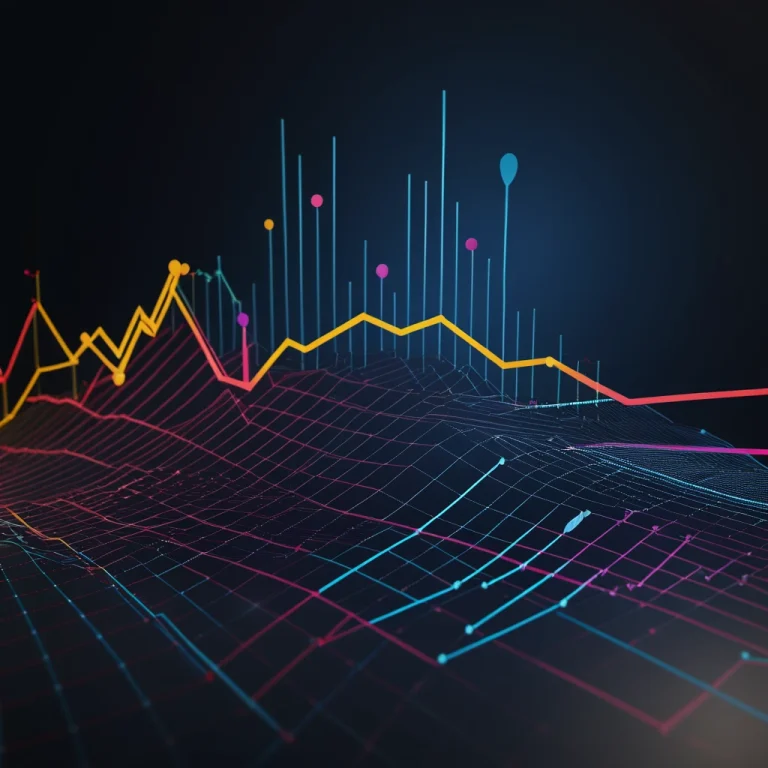Choosing the Right Charting Software
Good charting software is the foundation of technical analysis. Whether you’re identifying trends, finding entry points, or managing risk, your charts need to be fast, accurate, and packed with the tools that match your trading style. The right platform can be the difference between spotting opportunities and missing them entirely.
What Makes Great Charting Software?
The best charting platforms combine real-time data feeds, comprehensive technical indicators, customizable layouts, and reliable performance during volatile market conditions. They should enhance your decision-making, not complicate it.
Key Features to Look For
- Real-time data feeds – Accurate, fast market data
- Multiple timeframes – From tick charts to monthly views
- Technical indicators – 100+ built-in studies and oscillators
- Drawing tools – Trendlines, Fibonacci, support/resistance levels
- Custom alerts – Price, indicator, and pattern notifications
- Multi-monitor support – Spread charts across multiple screens
Popular Charting Software
TradingView
- Web-based platform accessible anywhere
- Social features for sharing ideas
- Extensive indicator library
- Free tier available with limitations
MetaTrader 4/5
- Industry standard for forex and CFDs
- Expert Advisor (EA) support for automation
- Large community and custom indicators
- Free with most brokers
thinkorswim (TD Ameritrade)
- Professional-grade desktop platform
- Advanced options analysis tools
- Paper trading integration
- Excellent for US markets
NinjaTrader
- Popular with futures traders
- Advanced order management
- Strategy development tools
- Lifetime license available
eSignal
- Institutional-quality data feeds
- Advanced scanning capabilities
- Options for high-frequency trading
- Premium pricing for premium features
Chart Types and Timeframes
Chart Types:
- Candlestick – Shows open, high, low, close data
- Bar charts – Similar to candlesticks, different visual style
- Line charts – Simple price movement over time
- Renko/Point & Figure – Filters out time, focuses on price movement
Timeframes:
- Intraday – 1-minute to 4-hour charts for day trading
- Daily – End-of-day data for swing trading
- Weekly/Monthly – Long-term trend analysis
- Tick charts – Every price change for scalping
Technical Analysis Tools
Essential Indicators:
- Moving Averages – Trend identification and support/resistance
- RSI/Stochastic – Momentum and overbought/oversold conditions
- MACD – Trend changes and momentum shifts
- Bollinger Bands – Volatility and price extremes
- Volume indicators – Confirmation of price movements
Drawing Tools:
- Trendlines – Connect highs and lows to identify trends
- Support/Resistance – Horizontal levels where price reacts
- Fibonacci retracements – Potential reversal levels
- Chart patterns – Triangles, flags, head and shoulders
- Custom annotations – Notes and reminders on charts
Data Feed Quality
Real-time vs Delayed:
- Real-time data essential for active trading
- 15-20 minute delays acceptable for long-term analysis
- Check data accuracy against other sources
Market Coverage:
- Stocks, forex, futures, crypto availability
- International market access
- Economic calendar integration
- News feed integration
Platform Performance
Speed and Reliability:
- Fast chart loading and updates
- Stable during high-volatility periods
- Minimal lag on indicator calculations
- Reliable order execution integration
Customization:
- Save and share chart templates
- Custom indicator development
- Flexible workspace layouts
- Color schemes and visual preferences
For Different Trading Styles
Day Traders Need:
- Sub-second data updates
- Level 2 order book integration
- Hotkey support for fast execution
- Multiple monitor setups
Swing Traders Want:
- Daily and weekly chart focus
- Pattern recognition tools
- Alert systems for setup completion
- Historical backtesting capabilities
Long-term Investors Prefer:
- Fundamental data integration
- Economic indicator overlays
- Dividend and earnings markers
- Simple, clean interfaces
Mobile Charting
Essential Mobile Features:
- Full indicator library
- Drawing tool functionality
- Alert management
- Synchronization with desktop version
Popular Mobile Options:
- TradingView mobile app
- MetaTrader mobile platforms
- Broker-specific mobile charts
- Standalone charting apps
Cost Considerations
Free Options:
- TradingView (limited features)
- Broker-provided platforms
- Yahoo Finance/Google Finance
- Basic charting with most trading accounts
Premium Platforms:
- Monthly subscriptions ($30-200+)
- One-time software licenses
- Professional data feed costs
- Advanced feature add-ons
Making Your Choice
Consider your trading timeframe, preferred markets, and technical analysis style. Many platforms offer free trials – test several options with your actual trading scenarios before committing to expensive subscriptions.
Next Steps Ready to explore specific platforms? Check our detailed reviews of the most popular charting software, including feature comparisons, pricing breakdowns, and real user experiences.

